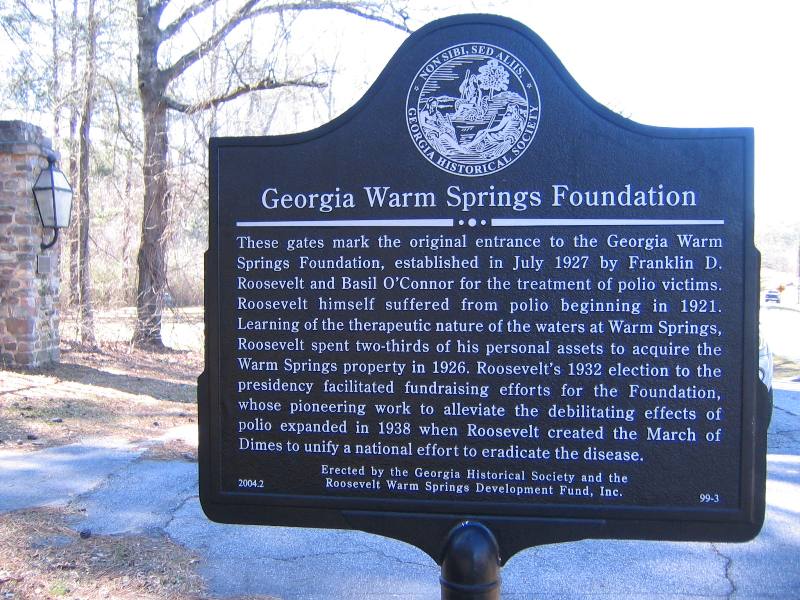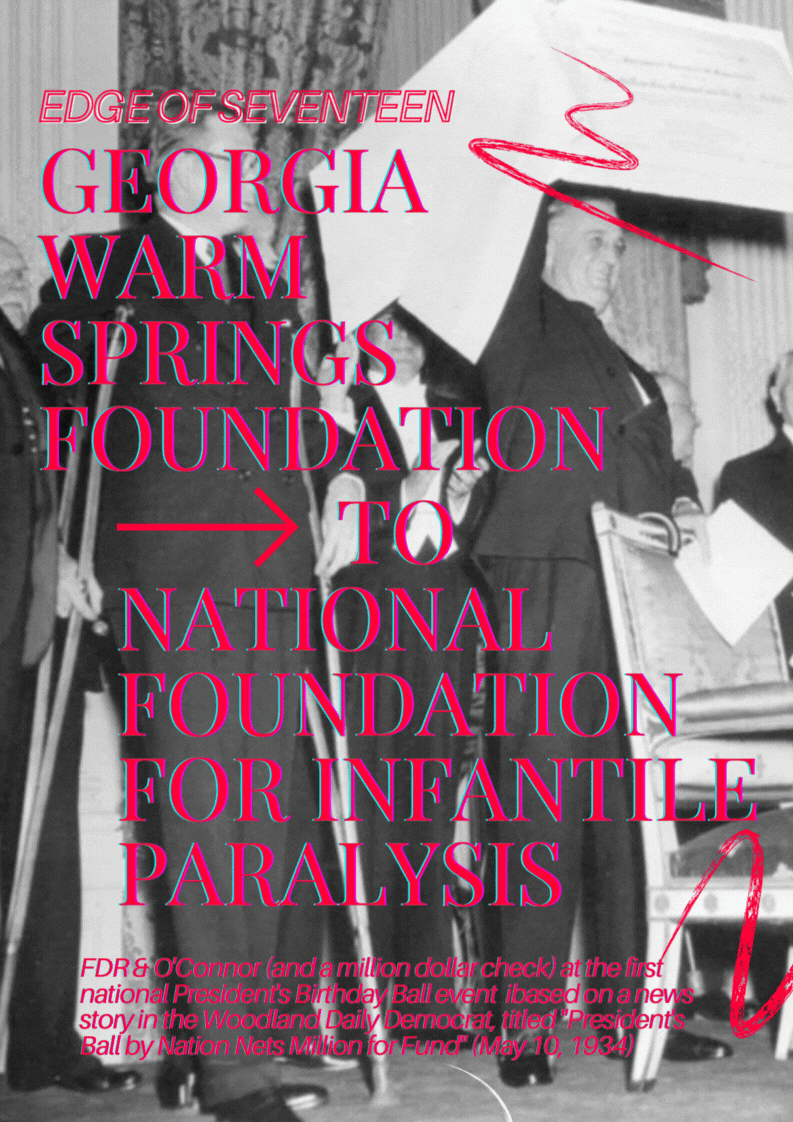A KNACK FOR TAKING DIMES FROM schoolchildren
“His genius was in generating large numbers of relatively small contributions for a cause,” The New York Times wrote of O’Connor. “Over the years he collected and spent more than seven billion dimes — many of them from schoolchildren — with a half-billion dollars of it going to the war on polio.”













